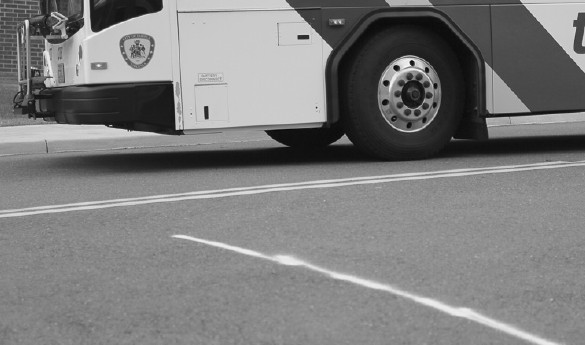Students question police response to gunshot incident
In the early hours of the morning on Aug. 30, two gunshots struck a car fleeing from the Fairfax campus after hitting a Mason police officer.
In the week that followed, the campus buzzed with discussion regarding the decision not to send out a Mason Alert and the discharge of a Mason police officer’s sidearm.
The incident occurred at 1 a.m. that morning as 19-year old Rodan Ayala Velazquez and 20-year old Gian-Carlo Reyes, who were allegedly intoxicated, fled from two Mason officers who stopped them for questioning outside Lecture Hall. Velazquez and Reyes entered an SUV and struck one of the officers in the leg as they fled the Rappahannock Parking Deck. The other officer fired shots that hit the car but not the driver.
According to Mason’s Police Chief Eric Heath, the vehicle was stopped less than five minutes later. Velazquez and Reyes were arrested and are being held in the Fairfax County jail.
Heath believes the shooting incident Aug. 30 did not meet the requirements of the Clery Act, a federal statute requiring all public colleges and universities to disclose information about crime on or near campus.
In a meeting with Michele McDonald, Mason’s senior communications manager, Heath addressed the decision not to put out a Mason Alert, a software system that sends emergency alerts and precautionary warnings to Mason students, faculty, staff and their families.
“My job, and my responsibilities, and my authorization specifically focus on emergency communications... These are events that have an immediate and continued impact on the campus community,” Heath said. “This particular incident didn’t meet this threshold. There was an arrest immediately after the event, within minutes… It then becomes a general communications effort, which is much larger in scope and a much larger involvement with university leadership.”
University officials released a statement eleven hours after the incident, stating:
“The incident was immediately contained and there were no further injuries. There are no ongoing threats to the community and officials are confident that the campus community is safe. No other Mason students, faculty or staff were involved. The incident, including the use of force, will be thoroughly reviewed.”
McDonald said the statement’s release required careful crafting and logistics, which included talking with other university leadership
“It was a matter of getting all the players in one room or on the phone at the same time,” McDonald said.
Between the time of the incident and the press release, the story had already spread to Twitter.
“Shots fired, car chase, officer almost run over…” tweeted “Matt Doodle” at 2:22 a.m.
“Also, definitely just heard two gunshots and saw a high speed chase on campus,” tweeted Vicky Kuharski, 2:47 a.m.
Other users expressed concern and confusion.
“Can someone please tell me what just happened on campus?” tweeted Kylie Rapso, 2:07 a.m.
However, Heath said, at the time, the police headquarters had received no calls or inquiries.
“When you look at the situation, we weren’t receiving any phone calls about concerned people, there were no media inquiries,” Heath said. “If I send out a message to 40 thousand people, which includes parents, then we have to start dealing with that panic, and we have to look at the infrastructure of what we’re able to handle at two o’clock in the morning.”
Heath was not able to answer some questions about the case and the officer who fired the shots since the investigation into the incident is still ongoing.
The chief made sure to clarify that the Aug. 30 shooting was a “use of force” and not a “use of deadly force”.
“I think your overall policy with any law enforcement agency is the defense of life, of self or others. I think that’s the important piece and decision factor in this particular situation,” Heath said.
Heath and McDonald both agreed that there are still aspects to be improved upon with communication at Mason.
“I think the important piece that we learned is working with campus partners and making sure we all have the same goal of getting communications out as quickly as possible and asking the question ‘what is emergency communications?’” Heath said. “These are all policies we can revisit and revise, but at this juncture, what I take away is it was not an emergency communication, it was general communication, and we have to make sure that gets out better.”
This story appeared in the Sept. 9 edition of Fourth Estate Weekly.

